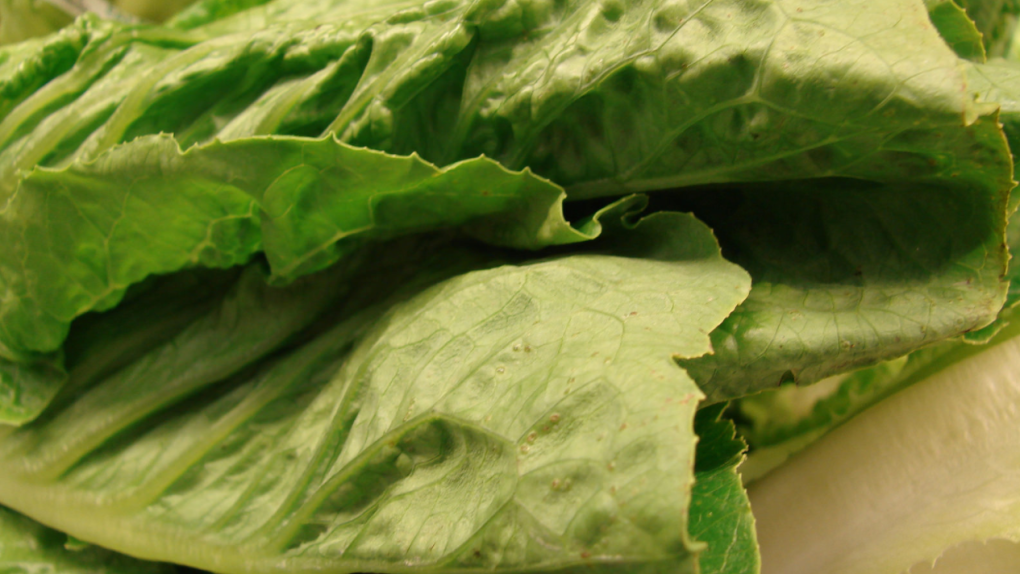Since issuing its initial warning back in April, the CDC has been battling an E. coli outbreak linked to romaine lettuce. Thus far, the outbreak has hit people in 25 states, eventually prompting the CDC to tell people to just stop eating romaine lettuce entirely. In the latest update to its initial warning bulletin, the CDC explains that the strain of E. coli which has been traced back to a specific growing region in Arizona is still spreading. How is this happening?
The area where the contaminate lettuce has been coming from is Yuma, Arizona, but beyond that it’s unclear exactly where the outbreak began. Health officials and disease experts have been unable to find the spot in the supply line where the vegetables become tainted. Is it the fields? Irrigation equipment? Packaging and distribution hubs? Nobody seems to know.
The latest update to the CDC’s alert, which was published on May 2nd, notes that another 23 people have been confirmed infected by this particular strain of E. coli. That brings the total case count to 121, covering 25 states and causing 52 hospitalizations and one death.
As of May 1, 2018, 121 people infected with the outbreak strain of E. coli O157:H7 have been reported from 25 states. Illnesses started on dates ranging from March 13, 2018 to April 21, 2018. Ill people range in age from 1 to 88 years, with a median age of 29. Sixty-three percent of ill people are female. Of 102 people with information available, 52 (51%) have been hospitalized, including 14 people who developed hemolytic uremic syndrome, a type of kidney failure. One death was reported from California.
It seems inconceivable that, after several weeks, officials wouldn’t be able to pinpoint the source of the contamination. As the New York Times points out, the path that raw foods take from farm to table is a complicated one, and products from different farms are often mixed and combined as they move along the distribution chain. Add to that the fact that raw foods have to move fast from the field to the grocery store to remain fresh and you have a complex problem on your hands.
For now, the CDC is sticking with its previous recommendation to avoid all romaine lettuce in both grocery stores and restaurants unless you’re able to conclusively determine that it was not grown in the Yuma, Arizona, area. Grocers and restaurant owners are encouraged to pull all romaine lettuce from their offerings unless they know where it was grown, and that it’s safe for human consumption.
Update: An earlier version of this story mentioned an E. coli outbreak that caused concern back in January of 2018. The two strains are not related, though the earlier outbreak was also coincidentally linked to romaine lettuce.








